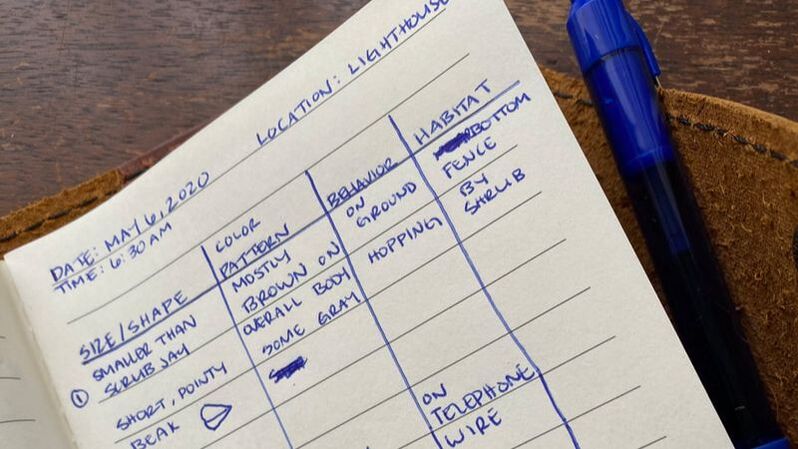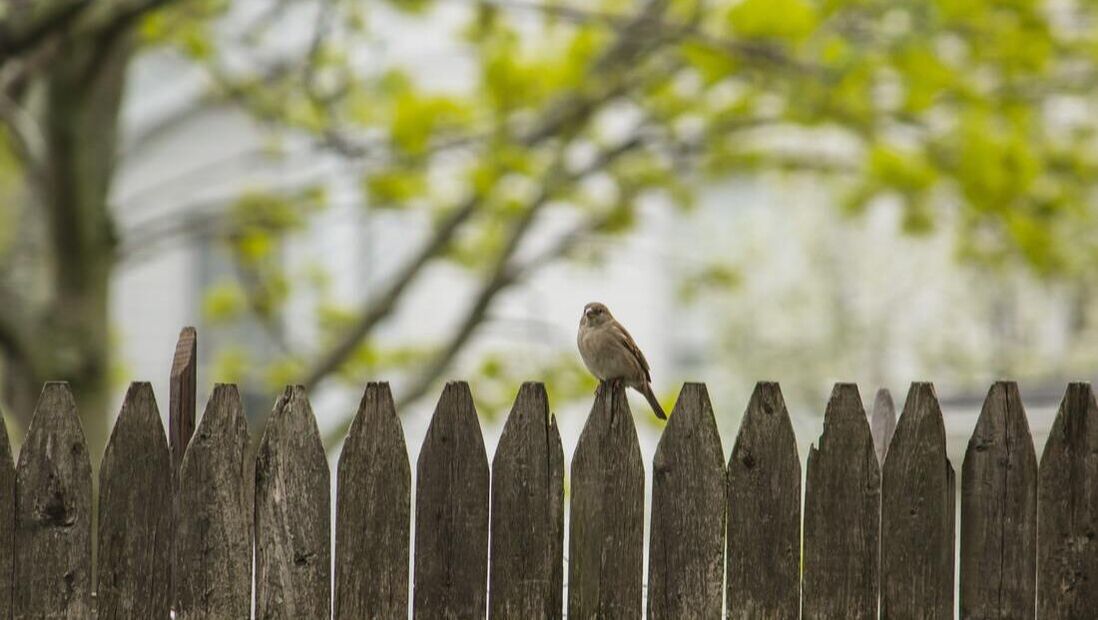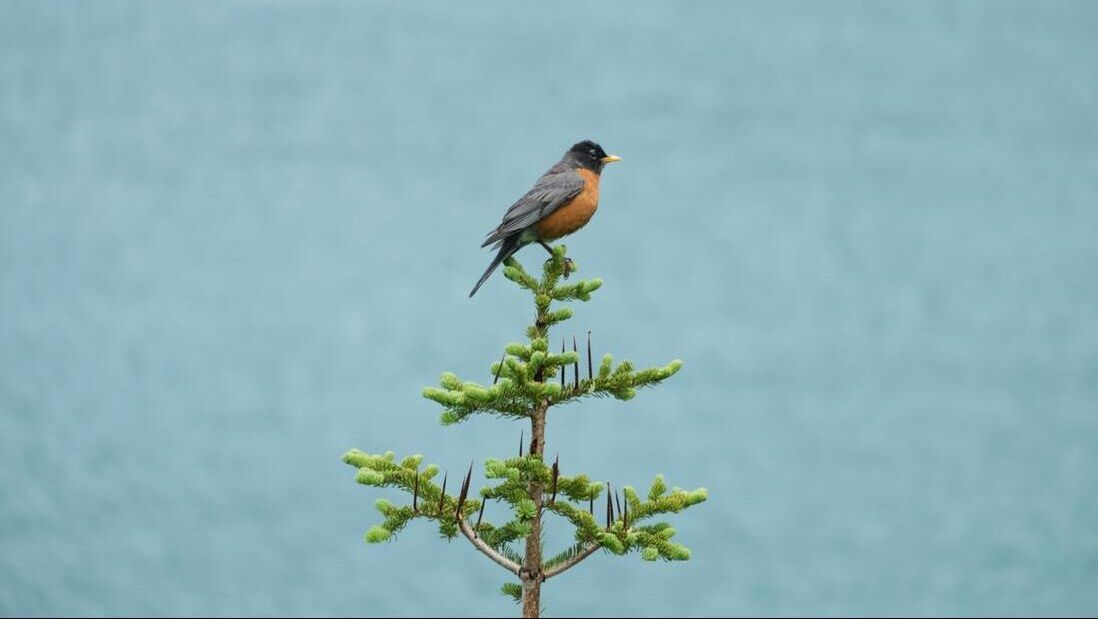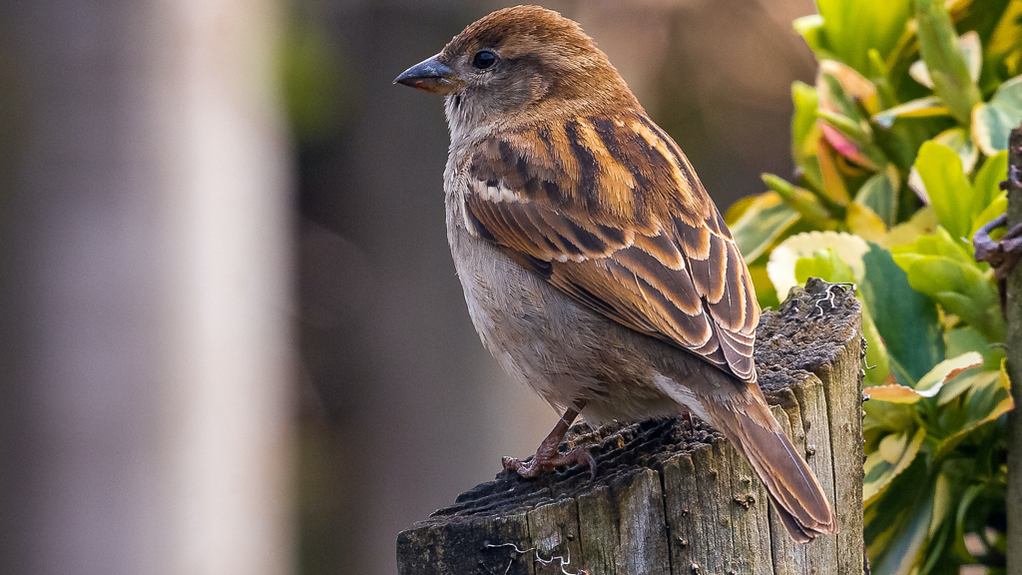|
Venture around your neighborhood to spot more birds and practice your identification skills. With your notepad and writing utensil in tow, take a walk around your neighborhood and record the different birds you spot on your walk. Do you recognize some of the birds? Where have you seen them before? Do you know the name of this bird? To help you keep track of your observations, set your notepad up into four columns to record the four basic categories of bird identification: size and shape, color pattern, behavior, and habitat.  Once you're back from your walk, download the Merlin Bird ID app to help you identify the birds you spotted on your walk. Identifying birds with the Merlin Bird ID app is a huge game changer and it's easy to use! The Merlin Bird ID platform can also be accessed by visiting All About Birds here and click on "Get Instant ID Help".
Once you've identified your neighborhood birds, consider creating a list of the five to ten most spotted birds from this week. This will allow you to keep track of migrating species visiting your neighborhood. Notice how your "most spotted" list changes each week, month, and season. If your list doesn't change much over the weeks, that might mean you're spotting resident birds who can be spotted year-round in your area. Use your "most spotted list" to focus on bird behavior. Patterns in bird behavior can provide you with insights into their mating, nesting, and overall life history. Learn more about the birds you're spotting by visiting the All About Birds online bird guide!
0 Comments
Identifying birds is a great way to become more familiar with your local environment. Contrary to belief, you don't need any fancy equipment to start noticing patterns. Just like a detective all you need to start identifying birds is your curiosity, a notepad, and writing utensil. Begin by focusing on these four categories:
Interested in birding by song? Check out How to Bird by Ear! To learn more, check out All About Birds' Bird ID Skills series. Use your five senses as you mindfully observe the birds in your yard.
A healthy ocean means a healthy planet.
Explore how to live more sustainably at home.
|
Claudia Pineda TibbsAdding diversity to the sustainability and environmental conservation community through the context of community advocacy and environmental justice. Archives
May 2020
Categories |





 RSS Feed
RSS Feed